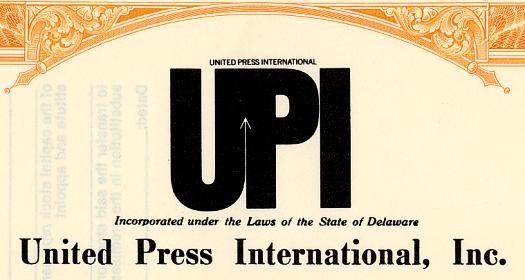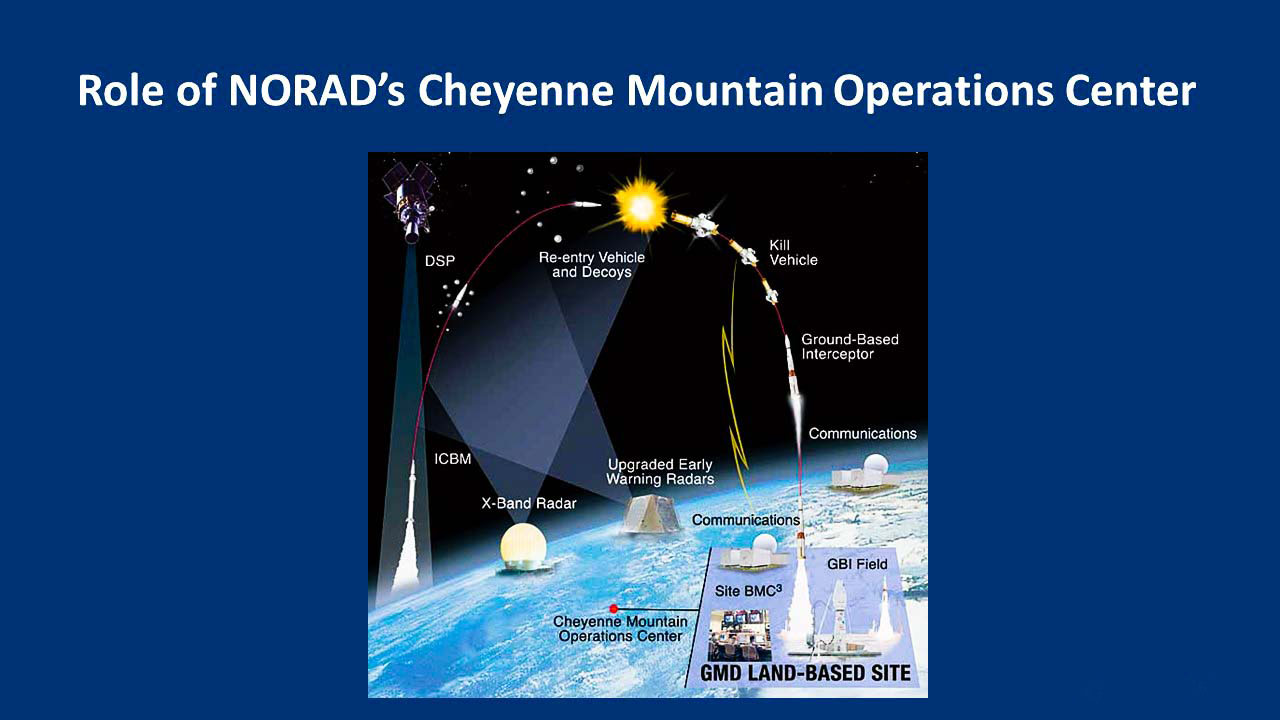
NORAD’s Missile Defense Operational Role
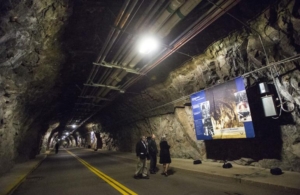
NORAD tunnel to Command Complex
Aerospace warning, aerospace control and maritime warning for North America. Aerospace warning includes the detection, validation, and warning of attack against North America whether by aircraft, missiles, or space vehicles, through mutual support arrangements with other commands.
You entered the NORAD complex by being driven deep into a tunnel under all-granite Cheyenne Mountain, just outside of Colorado Springs, Colorado. Getting out of the vehicle, you had to pass through two enormous blast doors. They were designed to keep those inside the doors safe from the radiation and blast effects brought about by nuclear warheads hitting the mountain.
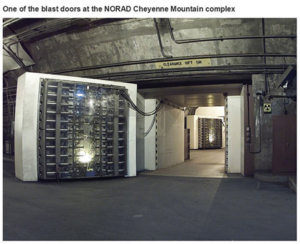
Tunnel vault door to the NORAD Command Complex
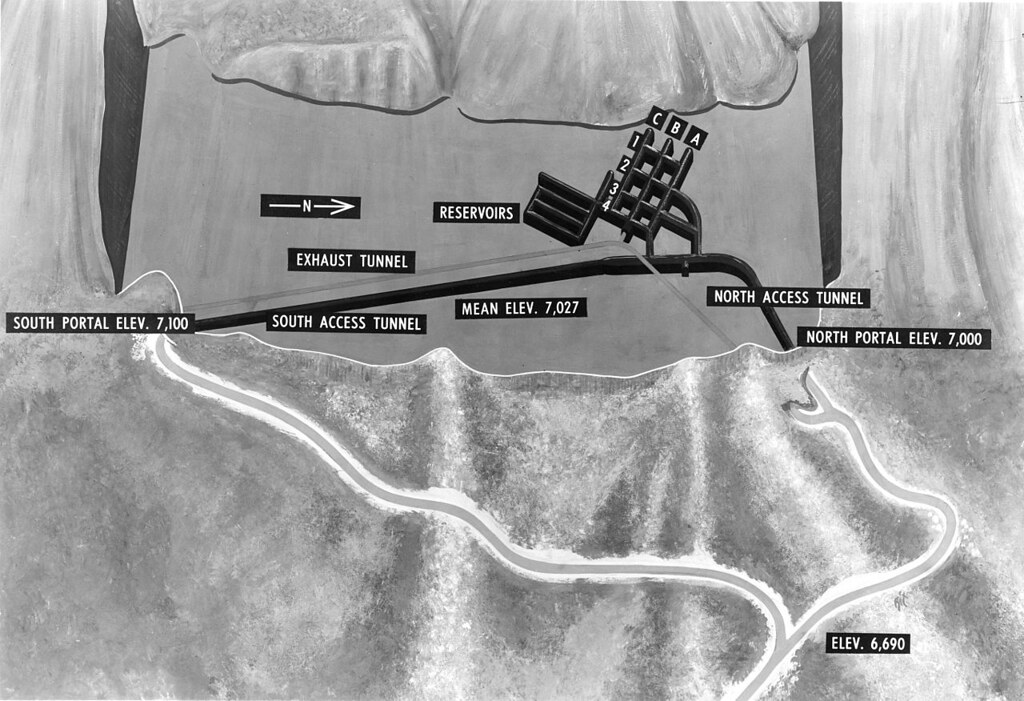
NORAD Complex Map
Through the blast doors, a short tunnel took you into an enormous cave-like chamber. In it were multi-story prefabricated offices rising to the cave ceiling many stories above. These office structures sat on large I-beams on the cave floor. All the communication, water, and power utilities fed into the office structures through giant spring connections on the I-beams. The whole design was to permit the structures to ride out a nuclear attack on the mountain complex without its functionality being knocked out.
In James Bond parlance, this was to make sure that, in the event of a nuclear attack on NORAD’s mountain headquarters, those working within would be stirred, but not shaken. My early education here regarding space-related defenses was a preview of what we would all come to see in later years. Today, space is doctrinally and organizationally recognized as its own theater of war. But official recognition of this evolution didn’t occur until recently, a full 50 years after my visit to Cheyenne Mountain. It was only in 2019 that the President and Congress shifted the mission of ballistic missile and satellite defense to our newly created U.S. Space Force.



